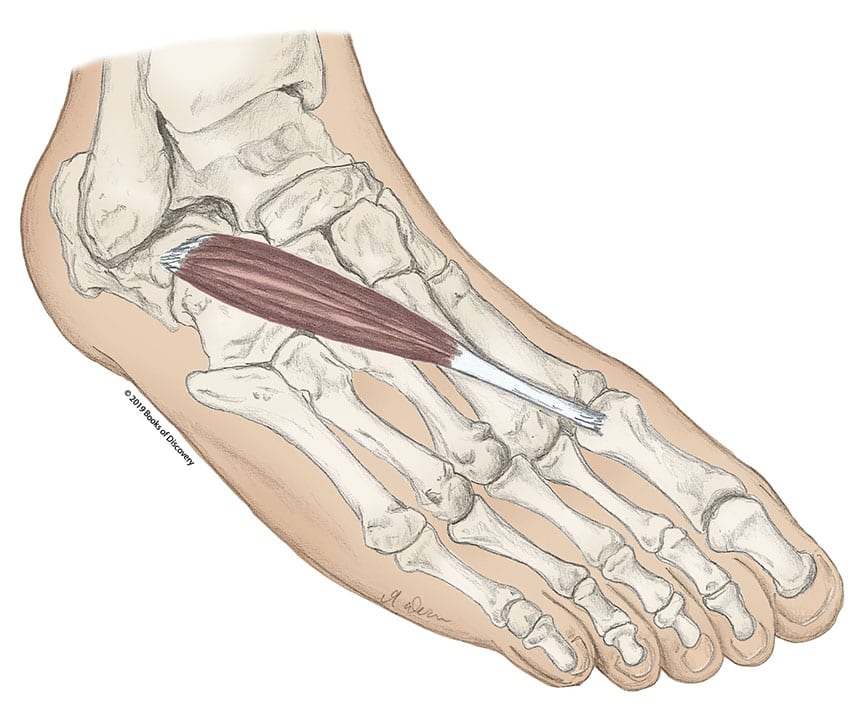 The feet are the foundation for our whole body and for our whole life! It is surprising that, nonetheless, most massage therapists do not know the muscles of the feet in detail! Every therapist needs a thorough knowledge of all the muscles of the feet and techniques to address them. This class will give you that knowledge and amplify your skills. When you take this Sunday class, on that Monday you will have a new understanding and more effective techniques for the feet. The benefits for your clients will be off the charts.
The feet are the foundation for our whole body and for our whole life! It is surprising that, nonetheless, most massage therapists do not know the muscles of the feet in detail! Every therapist needs a thorough knowledge of all the muscles of the feet and techniques to address them. This class will give you that knowledge and amplify your skills. When you take this Sunday class, on that Monday you will have a new understanding and more effective techniques for the feet. The benefits for your clients will be off the charts.
There are four layers of muscle and fascia on the bottoms of our feet and two layers on the top. These, plus the extrinsic muscles coming from the lower leg, give us stability, balance, power, momentum and the spring in our steps.
Here is just one example of a muscle that is important for you to know and work with. If you take your left leg up, place the ankle just above your knee and look at the bottom of your foot, there is one muscle that makes the shape of a “7“ deep in the sole of your foot, looking back at you!
When, about six million years ago, our ancestors descended from the trees, more and more distinctness began to grow between the structure and roles of the feet and hands. Hands retained and refined the actions of grasping that had been used in climbing. The feet took on more the role of support, thickened and lost some of their articulate grasping action.
In primate feet and hands there are a series of little muscles called the “contrahentes.” They insert onto digits I, II, IV and V and pull them down and together. “They facilitate convergence of the digits.” says Wikipedia. I love it – the harmonic convergence of the digits.
In humans, there is still an important and vestigial remnant of the contrahentes. This is the “adductor hallucis”. The adductor hallucis has two heads which come together to form the number “7” in your foot. One, the transverse head, arises from the plantar metatarso-phalangeal ligaments of toes 3, 4, and 5. The other head, the oblique head, occupies the hollow space under the 1st, 2nd, 3rd and 4th metatarsals. It arises from the bases of the second, third and fourth metatarsals and the tendon sheath of fibularis longus.
Both heads insert on the lateral side of the base of the first phalanx of the big toe Together these two heads cleverly simultaneously pull the toes down and together, much as you see especially in a baby’s inclination to grasp your finger with its foot.
The adductor hallucis is the only muscle that reminds us explicitly of the grasping role of the foot earlier in evolution. Even today, through the important function of the transverse arch, we grasp the ground more or less with each step. With the help of the bones’ shape, the ligaments’ tensile integrity, and, to a large extent as well, the adductor hallucis, we carry out our unconscious, articulate conversations with the earth shapes we encounter, especially when barefoot.
So when you are working with the foot, don’t forget to deeply explore and massage into the lucky number 7! Adductor hallucis unites you with your early animal ancestors – in a kind of harmonic convergence of species as well as digits, reminding us that we have in some respects not come all that far. And it enables you to have both a more grounded and more buoyant relationship to Mother Earth.
And maybe even a little nostalgia for life in the trees.
To learn more about the anatomy and bodywork of feet:
01/31/2021 – Heel& Sole – Heal& Soul – with David Lauterstein
6 CE hours – Presented Online
The feet are the foundation for our whole body and for our whole life! It is surprising that, nonetheless, most massage therapists do not know the muscles of the feet in detail! Every therapist needs a thorough knowledge of the all the muscles of the feet and techniques to address them. This class will give you that knowledge. When you take the class on a Sunday, that Monday you will have a new and tremendously effective therapeutic protocol for the feet.
